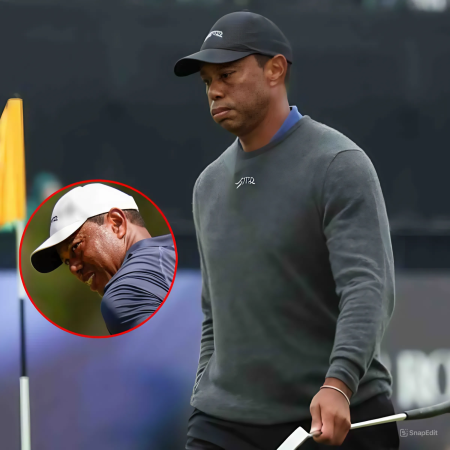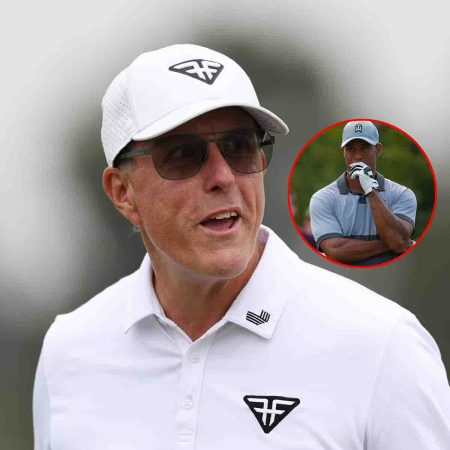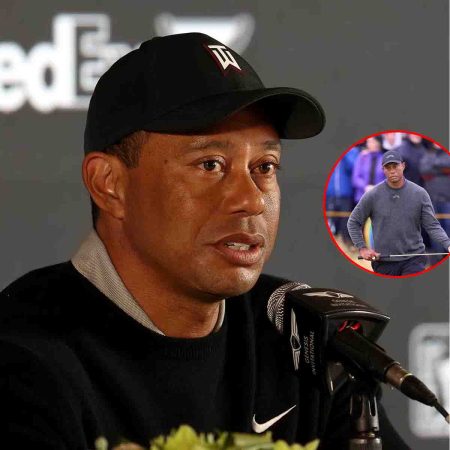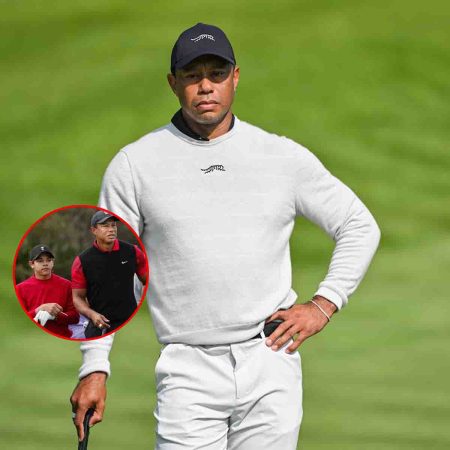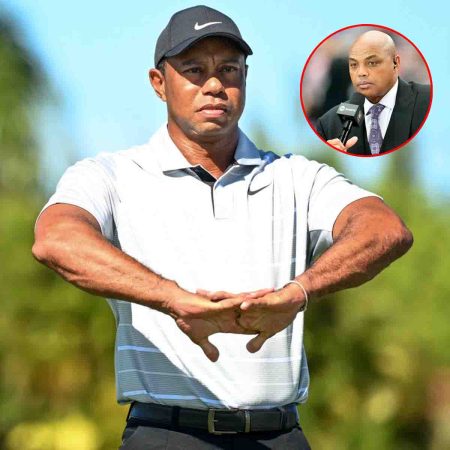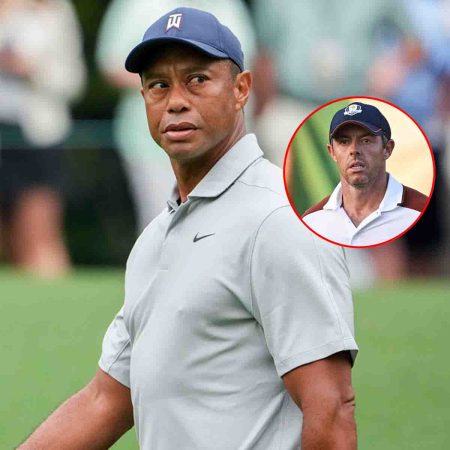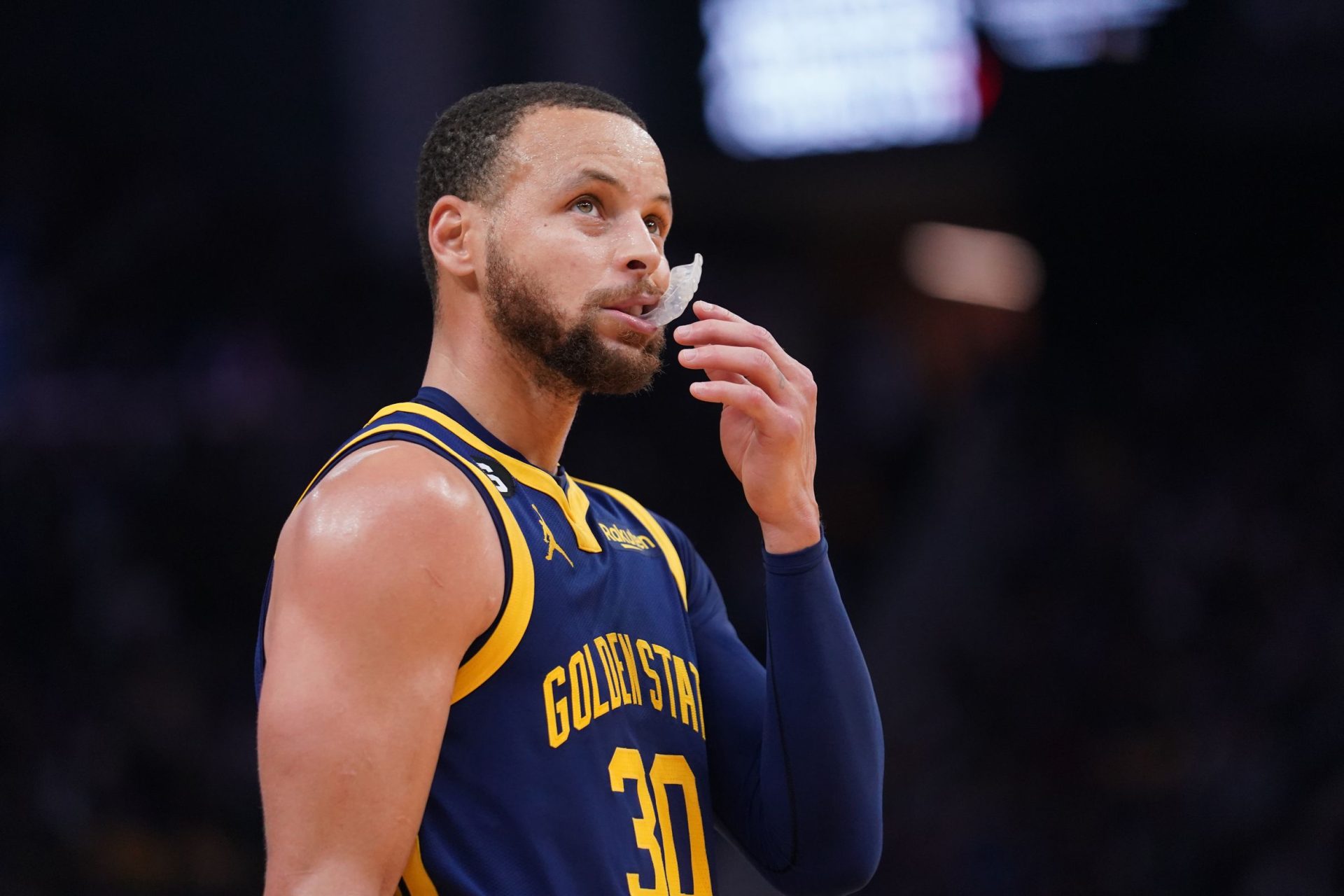
The Golden State Warriors continue to be one of the few teams in the league that are okay with having multiple non-shooters on the floor in this pace-and-space era where shooting is a premium and almost everyone in a five-man lineup must be able to shoot — four spacers (including a mobile and versatile four-man) with one non-shooting five-man, or even a five-man that can act as a spacing big.
After consecutive games of starting a three-guard small lineup — perhaps to jumpstart an offense that has underperformed this season — Steve Kerr returned to his good old reliable five-man group of Stephen Curry, Klay Thompson, Andrew Wiggins, Draymond Green, and Kevon Looney.
Entering their game against the Dallas Mavericks, this lineup had been outscoring opponents by a whopping 21.2 points per 100 possessions — the best mark among 19 five-man lineups that have played a minimum of 24 games. It was far and away the Warriors’ best combination, with an offense (127.7 ORTG) and defense (106.5 DRTG) that are both equivalent to league-best marks.
Even while two of its frontcourt mainstays in Green and Looney are non-shooters (and are guarded as such), this lineup still works wonders because of several factors:
- Curry
- Thompson, although to a lesser extent
- Green and Looney’s ability to make themselves useful as passing hubs and screeners to take full advantage of defenders leaving them alone.
The Curry-Green partnership has been the quintessential example of the third point above, but Looney also deserves flowers for how he has developed chemistry with the likes of Curry and Thompson on handoffs and screening actions. Much like Green, Looney has become quite adept at taking advantage of negative space and turning it into a positive outcome.
With Looney’s defender (Brandon Clarke) roaming in the paint — clearly not worried about the threat of Looney shooting from outside — Donte DiVincenzo drives and gets a paint touch. Clarke is already in help position, leaving DiVincenzo with no choice but to kick the ball out toward Looney.
The Memphis Grizzlies would much rather have Looney handle in this situation — except they forget that Curry — guarded by Ja Morant — is right next to Looney, who quickly flips the ball to Curry and sets the screen on Morant. With Clarke deep in the paint, Morant is left on an island to navigate over the screen and catch up with Curry.
What happens instead is a Curry four-point play — a crucial bucket that helped the Warriors win on that day.
Curry is essential to making these kinds of scenarios work — perhaps the only one who can unlock the full potential of the Warriors’ non-shooting frontcourt hubs. Without him, it wouldn’t work as well as it did above.
And a possession like this certainly would not have the same potency:
What makes the possession above ultimately possible is the telepathic connection between Green and Curry, but the nuances of how they got there are also fun to look at.
The possession starts out with a guard-guard ball screen between Curry and Thompson. Thompson “ghosts” screen and flares toward the weak-side slot:
:no_upscale()/cdn.vox-cdn.com/uploads/chorus_asset/file/24410595/Blind_Pig_1.jpg)
Two defenders initially attach themselves to Curry around the ghost screen, but Dorian Finney-Smith attempts a late recover onto Thompson, who then does the smart thing: he attacks Finney-Smith’s front foot and gets himself a paint touch.
Dwight Powell — Green’s man — helps off the weak-side corner on the drive:
:no_upscale()/cdn.vox-cdn.com/uploads/chorus_asset/file/24410599/Blind_Pig_2.jpg)
Thompson kicks out to Green — and despite having the space to shoot from beyond the arc (Green ended the night 3-of-7 on threes) — senses Curry on the wing and initiates “Blind Pig” action, which is a classic option out of the Triangle Offense that has evolved into a league-wide modern concept:
:no_upscale()/cdn.vox-cdn.com/uploads/chorus_asset/file/24410603/Blind_Pig_3.jpg)
With Powell dropping back and Green setting the screen on Curry’s defender, Curry is left open in the corner for a three. Once again, a negative-space possession is turned into a positvie: an efficient look for the greatest shooter of all time.
As aforementioned, possessions like this won’t work with the same amount of force and verve if it’s not Curry who’s involved. The Warriors may have to face the possibility of Curry not being involved at all for a prolonged period after he exited the game against the Mavericks with a lower-leg injury during the third quarter.
Theoretically, Jordan Poole could be in the Curry role as the beneficiary of handoff and “Blind Pig” actions, but Poole will most certainly be a downgrade, especially if he continues to be as inconsistent and streaky from beyond the arc (32.4% — 3.6 percentage points below league average — on nearly eight attempts per game) as he has been all season.
Thompson could certainly take some of the handoff reps, but he has been less successful at scoring off of handoffs (0.81 points per possession, per InStat) compared to Curry (1.22 points per possession) on similar volume.
To no one’s absolute surprise, the Warriors have been the equivalent of the second-best offense in the league with Curry on the floor (117.0 ORTG), while they have been the equivalent of the worst with him off it (107.3 ORTG).
If he is to be miss extended time, non-shooters won’t have the ballast that allows them to be feasible — and a Warriors offense that banks on the threat of Curry shooting the lights out runs the risk of freefalling.
Source: https://www.goldenstateofmind.com



